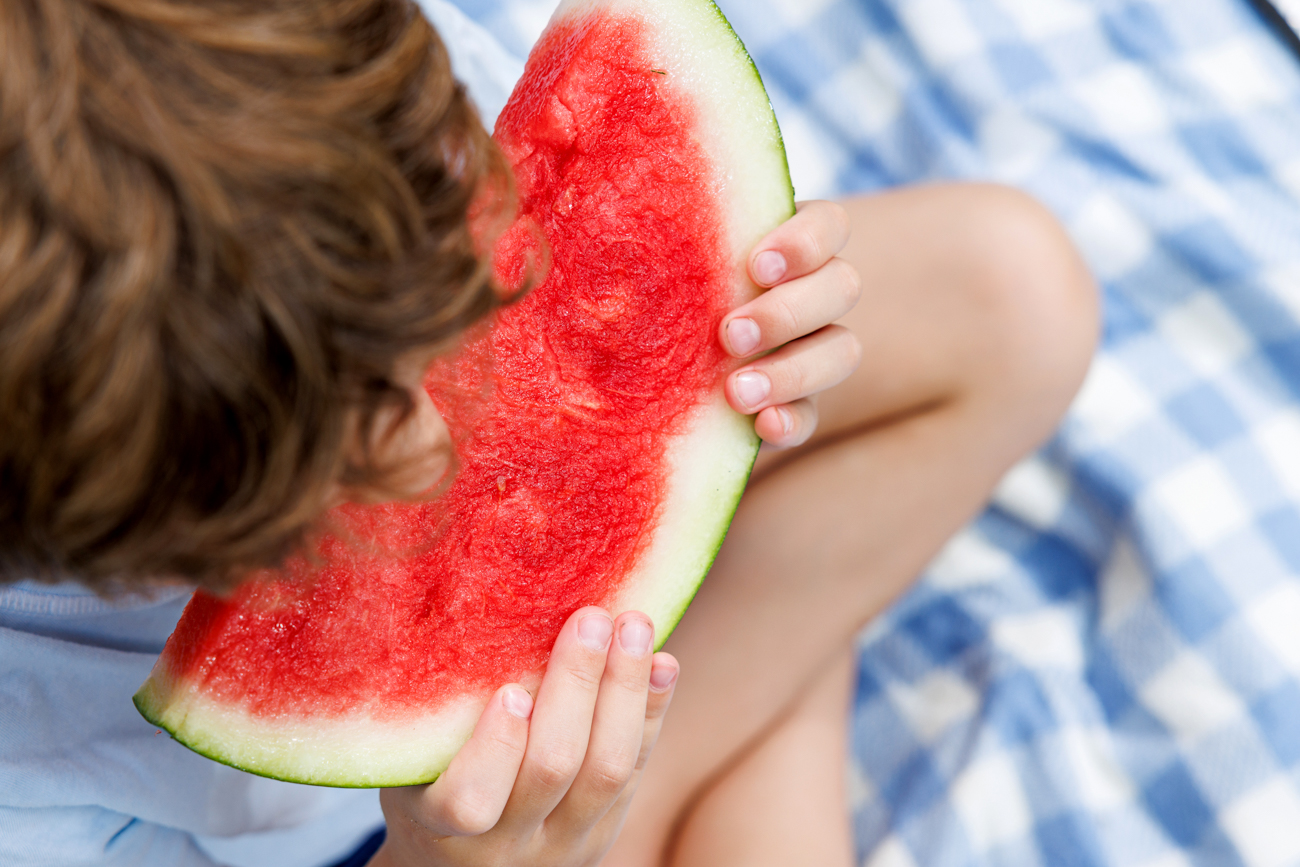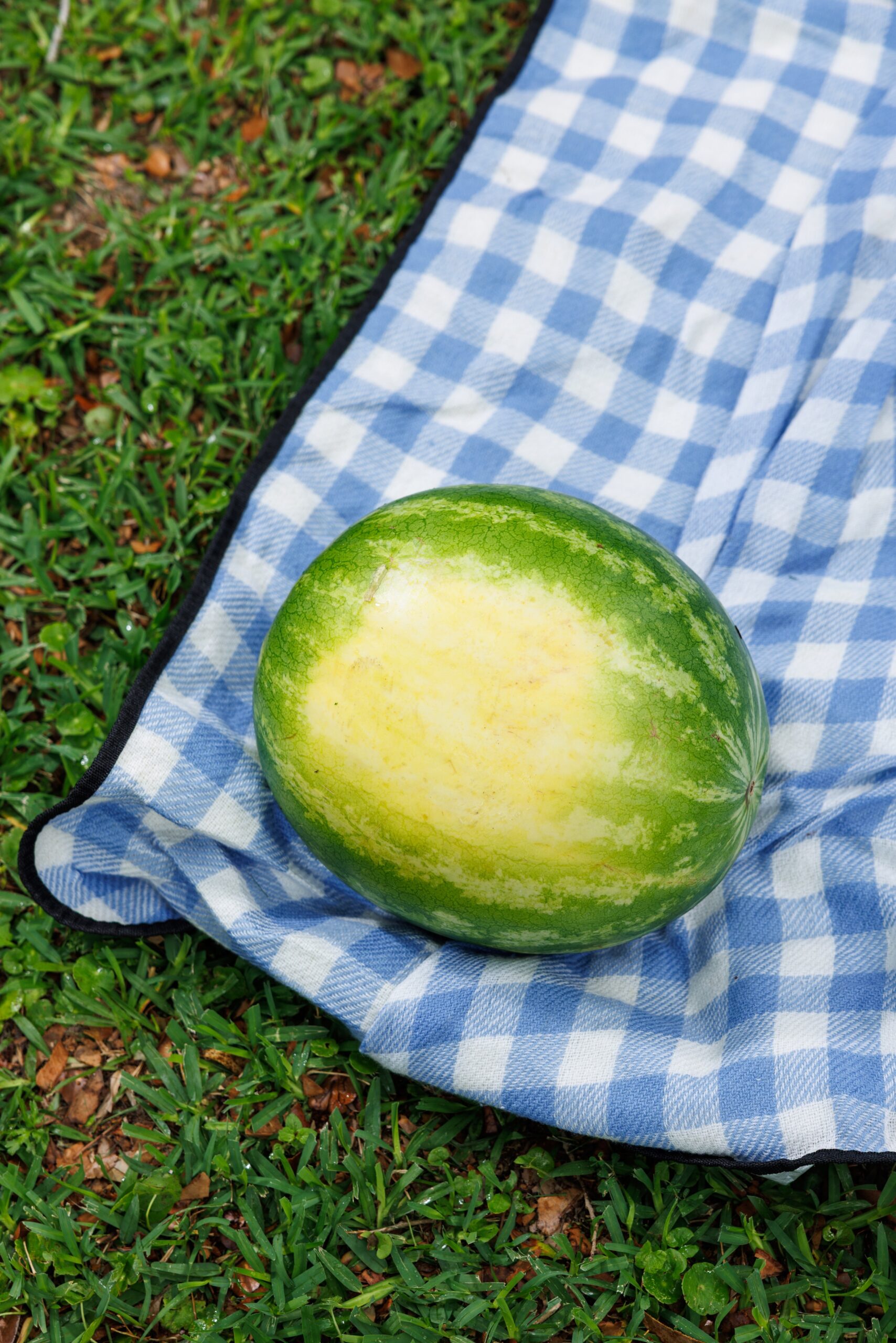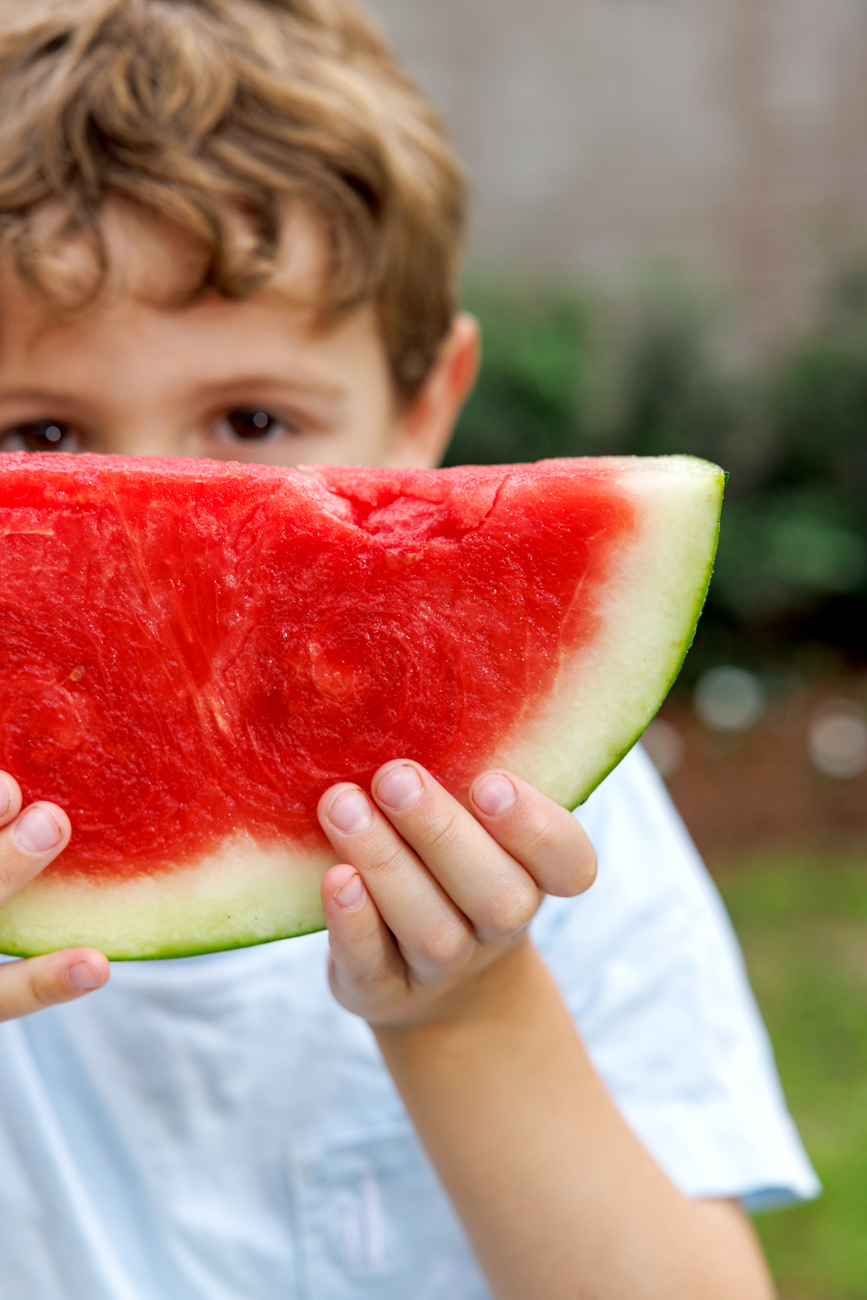
Myth-busting how to pick a ripe Louisiana watermelon
Surviving Louisiana’s epic summertime heat depends on an arsenal of strategies, the tastiest of which is cold, sweet watermelon.
And so, when fresh melons start to appear, a new sport emerges: how to see past a thick rind to determine its level of ripeness.
Pounding on the side of a melon to elicit a hollow pitch is a favorite folk method, and it’s a safe bet you’ll spot devotees expertly thumping, knocking or slapping around a gourd or two to ferret out a drum-like tone.
|
|
But Hungarian Settlement watermelon farmer Frank Fekete says visual cues are more reliable. He inspects each fresh melon grown on the family farm before harvesting for the Thursday and Saturday Red Stick Farmers Markets.
“Hooked to the vine near the melon, there’s a little ‘whisker,’ a twisted-looking thing,” Fekete says. “We try to pick the watermelon when that whisker is light brown to brown, kind of a pine straw color.”
If the tendril is still green or yellow, it’s too early to pick, Fekete says. Too dark, and the melon is probably overripe and mealy.
Fekete also examines the spot where the watermelon has been resting in the dirt. It should have turned from white to pale yellow, he says. And the exterior surface, appearing glossy while growing, should have dulled before picking. These markers mean it’s harvest time. Fekete starts with the melons closest to the original root system. Those growing several feet away amid the sprawling vine network are ripe later.
“We’ll cut a few watermelons to make sure,” he says. “We pick them only when we know they’re ready.”
Fekete expects to bring both seedless and seeded watermelons to the markets after June 10, he says. They’ll be available roughly through the third week of July.
 Historically, Louisiana farmers grow about 2,500 acres of watermelons, a crop long associated with well-branded locations like Washington Parish and Sugartown in Beauregard Parish. And while hulking, church picnic-sized melons remain a summertime staple, smaller seedless melons are a popular alternative. About five years ago, Fekete began planting the round seedless variety, Cracker Jack. It’s consistently sweet and easier to carry, he says.
Historically, Louisiana farmers grow about 2,500 acres of watermelons, a crop long associated with well-branded locations like Washington Parish and Sugartown in Beauregard Parish. And while hulking, church picnic-sized melons remain a summertime staple, smaller seedless melons are a popular alternative. About five years ago, Fekete began planting the round seedless variety, Cracker Jack. It’s consistently sweet and easier to carry, he says.
But how can you be assured of ripeness when not buying directly from a farmer like Fekete?
Continue to look for a yellowish spot where the melon rested, experts say. Proceed with a ceremonial slap if you must, but bear in mind it’s not foolproof. Some growers do concede if you hear the dull thud of a flat tire, steer clear. The melon is overripe.
Still, even watermelon growers can be buffaloed in what remains a perpetual produce mystery. Fekete admits to buying a supermarket melon back in late April that was disappointingly bland, likely due to its early harvest and lengthy transport.
“We can’t get away with that at the farmers market,” he says. “We sell junk and people won’t come back.”
Save the date
July 2 – Watermelon Field Day with the LSU AgCenter
The Sugar Research Station will teach on how to grow and harvest melons at home, plus serve watermelon recipe samples.
This article was originally published in the June 2025 issue of 225 Magazine.
|
|
|



